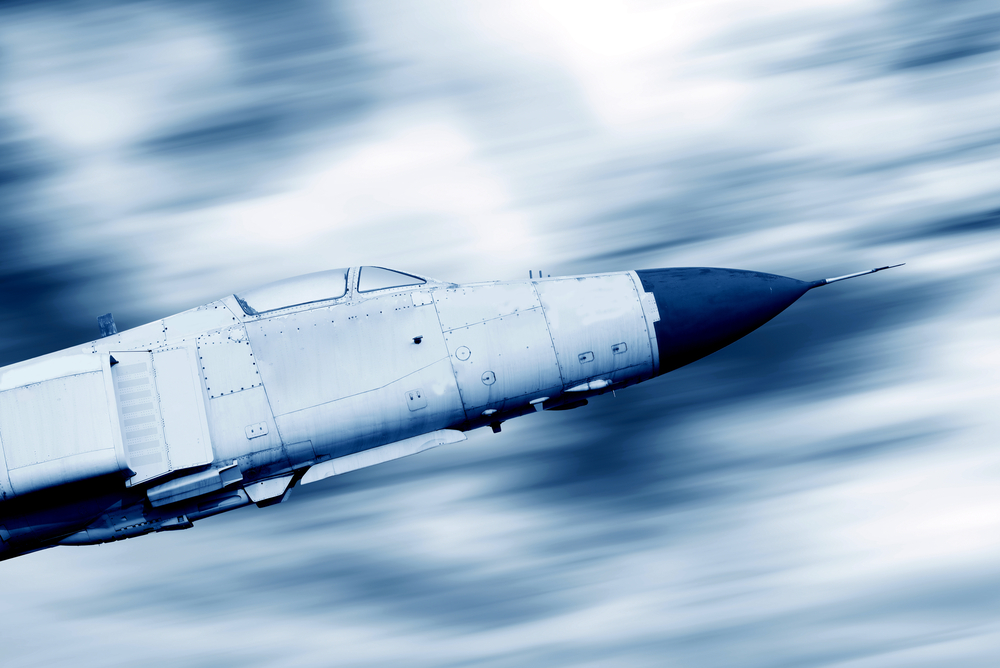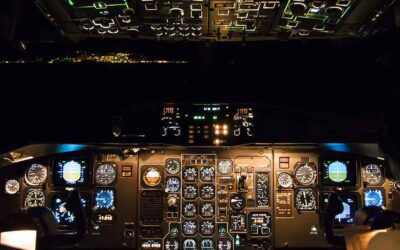The Crux of Aerodynamics
Aerodynamics is the fulcrum upon which the aviation industry pivots. It focuses on the study of fluid dynamics principles to understand and optimize the behavior of objects in air. From the shape of an aircraft wing to the placement of engine nacelles, every design decision is deeply rooted in aerodynamics. For aerospace engineers, optimizing aerodynamic performance is paramount, as it directly impacts fuel efficiency, speed, and safety.
Computational Fluid Dynamics: A Digital Wind Tunnel
Computational Fluid Dynamics (CFD) is revolutionizing the way aerospace engineers approach aerodynamics. CFD allows engineers to simulate airflow over an object by solving fluid dynamics equations using powerful computers. This digital wind tunnel enables engineers to analyze and optimize designs with unprecedented precision. By iterating through designs virtually, engineers can save time and resources that would otherwise be spent in physical testing.
Advanced Materials: Crafting the Future
The adoption of advanced materials like carbon-fiber composites and titanium aluminides has transformative implications for aerodynamics. These materials offer an ideal combination of strength and weight, enabling engineers to design more aerodynamically efficient structures. For instance, the incorporation of carbon-fiber composites in the Boeing 787 Dreamliner’s wings allows for a more aerodynamic wing shape, significantly improving fuel efficiency.
Active Flow Control: Taming the Turbulence
Active Flow Control (AFC) is an emerging technology that seeks to actively manage airflow over an aircraft’s surfaces. By employing devices like synthetic jet actuators and vortex generators, AFC can delay flow separation and reduce drag. This cutting-edge technology holds immense potential for enhancing aerodynamic performance and reducing fuel consumption.
Morphing Wings: Adaptability in Flight
Aerospace engineers are now looking to nature for inspiration, particularly birds, in designing wings. Morphing wings, which can change shape during flight, are the epitome of this bio-inspired innovation. These wings can adapt to different flight conditions, optimizing lift and drag characteristics. By utilizing shape-memory alloys and flexible materials, engineers are bringing this concept closer to reality.
Electric Propulsion: The Dawn of an Era
Electric propulsion is poised to redefine aerospace engineering. By integrating electric motors into the propulsion system, aircraft can achieve better propulsive efficiency and quieter operation. NASA’s X-57 Maxwell, an experimental electric aircraft, showcases how electric propulsion can alter the aerodynamics of an aircraft. With its distributed electric propulsion system, the X-57 features multiple small electric motors along the wing, reducing wingtip vortices and improving lift-to-drag ratios.
Urban Air Mobility: The Vertical Frontier
The recent surge in interest in Urban Air Mobility (UAM), with vertical take-off and landing (VTOL) vehicles, has spawned a plethora of aerodynamic challenges and innovations. These vehicles, envisioned as air taxis, require unique aerodynamic considerations due to their vertical take-off and transitioning to forward flight. Engineers are employing CFD and cutting-edge materials to design efficient rotors, wings, and fuselages tailored for UAM applications.
The Nexus
The nexus between aerodynamics and technology is where the future of aerospace engineering is being forged. Through innovations like CFD, AFC, morphing wings, electric propulsion, and more, aerospace engineers are charting a course through the skies that is more efficient, sustainable, and unbounded. The audacious ingenuity of these technologies elucidates the indomitable human spirit that ceaselessly yearns to break the shackles of gravity and soar through the winds.




